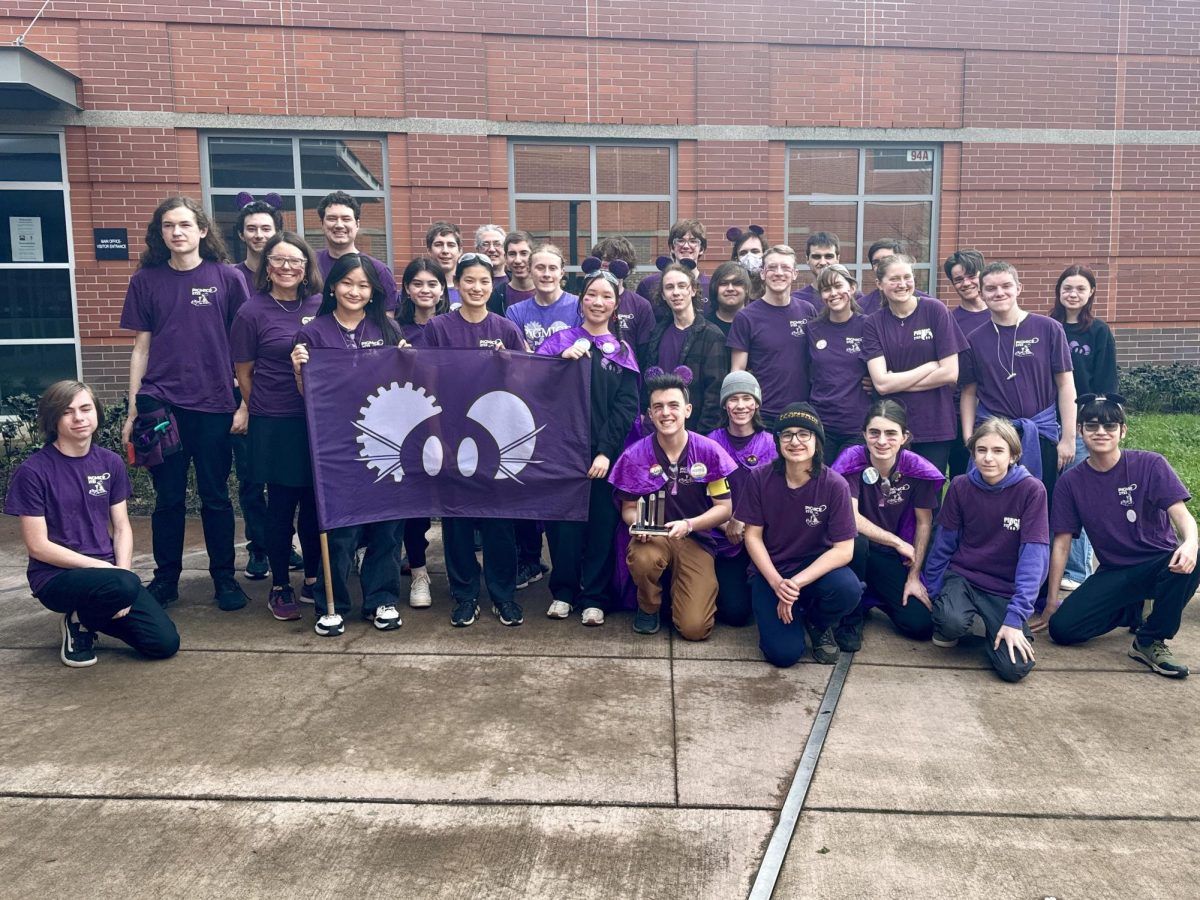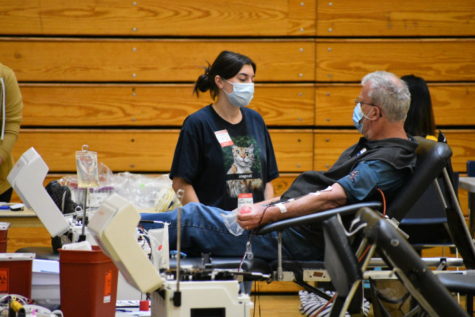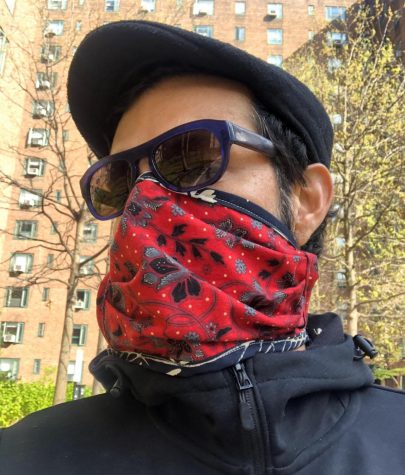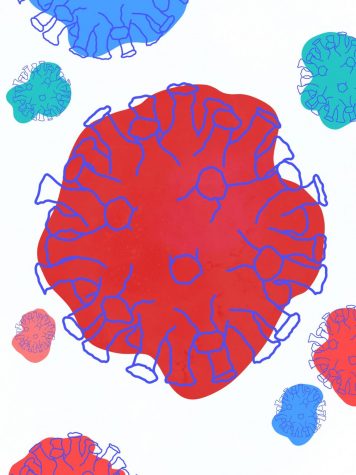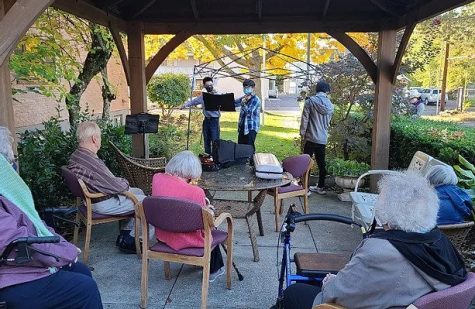Measure 109: What it Means For Oregonians
November 16, 2020
In the 2020 elections, the Oregon ballot saw numerous measures proposed, all distinctly progressive. Of the legislation, none saw more press than Measure 109. Per Ballotpedia, this statute “Allows manufacture, delivery, administration of psilocybin at supervised, licensed facilities … .” The main purpose of the law is to help combat treatment resistant depression, anxiety, PTSD, and other mental illnesses. Psilocybin, a Schedule I drug, has long been thought to be an effective treatment of these ailments. Recent studies at John Hopkins University corroborate these theories.
Public support for the measure was, and continues to be, incredibly high. Oregonians passed the measure with a resounding 55% majority, silencing skeptics and doubters. The motivations of those who did not support the measure vary, however it is likely that many are misguided in their opposition to this drug.
Societal stigma surrounding psilocybin, the psychoactive chemical in magic mushrooms, has hampered the progress needed to get mushrooms into a clinical setting. Decades of propaganda peddled by the United States government has misled individuals into thinking that psilocybin is a physically harmful compound. This is in fact not the case. Though there is risk posed by the fact that certain psilocybin experiences can cause traumatic events, the evidence that they can produce physical harm is non-existent. In fact, drugpolicy.org touts psilocybin as one of the least harmful substances, both neurologically and physically. These substances are not devoid of risk, however. Individuals have reported cases of HPPD, or Hallucinogen Persisting Perception Disorder, in which hallucinations from previous trips can extend day, sometimes even weeks, beyond their original dose.
The perceived risk of psilocybin, however, is menial when compared to the possible benefits. Of the numerous studies conducted involving psilocybin, it has been found that it is extraordinarily effective in treating severe, treatment resistant depression (TRD), easing terminal patients of end-of-life stress and mental discomfort, and in easing symptoms of PTSD. Measure 109 allows for treatment of these illnesses in a clinical, and legal setting. After the imposed two-year development period, it is feasible that clinics specializing in psilocybin-related care could present themselves.
In regards to federal and local regulations, the psilocybin compound is still very much illegal at the federal level. As stated previously, it is a Schedule I drug, which is the most severe form of illegality. Schedule I drugs, as defined by the Drug Scheduling Act of 1981, are drugs that possess no “currently accepted” medicinal application, and sport a high potential of abuse. Empiricism is not on the side of the FDA, in this case. As has been stated, there are numerous medicinal applications, and studies suggest that psilocybin retains no potential for addiction, while, ironically, possessing anti-addiction properties for other substances.
Those who are scared that perhaps this legislation was too radical must review the facts before arriving at a conclusion. Measure 109 is an objective, net-benefit to society. It is feasible that with the decriminalization of all drug use in Oregon, we will see other empirically beneficial substances, like ketamine or MDMA, gain greater prominence in clinical treatment of mental illnesses.









